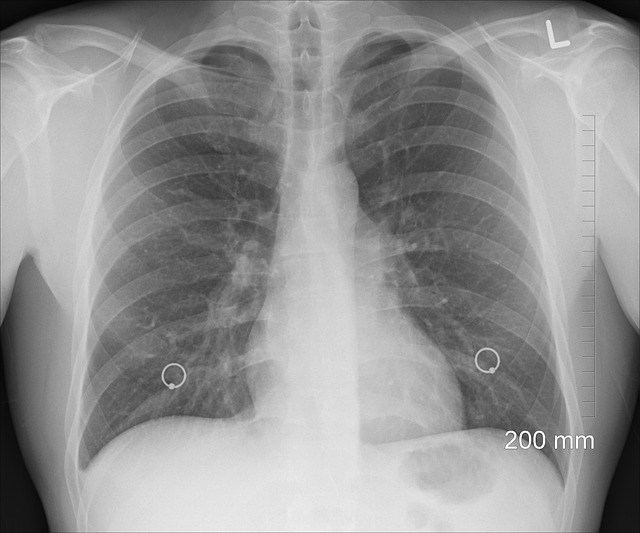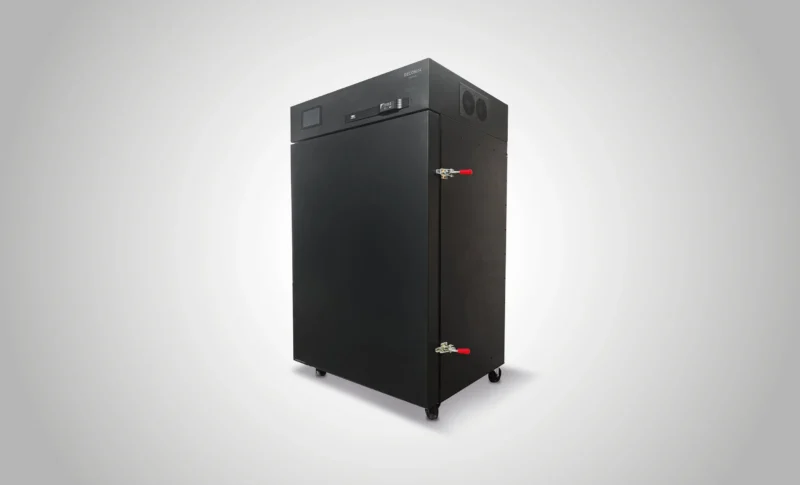Cannabis opponents do their best to try to lump cannabis smoke and tobacco smoke into the same category, and to be fair, it’s something that many people accept unless they have looked at the body of research on the topic.
Anyone that has researched cannabis smoke versus tobacco smoke knows that they are not the same, and that tobacco smoke is demonstrably worse for consumers compared to cannabis smoke for various reasons.
A recent study conducted in Australia found that cannabis smoke exposure is not associated with impaired lung function among consumers. Below is more information about it via a news release from NORML:
South Brisbane, Australia: The long-term inhalation of cannabis smoke does not impact lung function in the same manner as inhaling tobacco, according to longitudinal data published in the journal Respiratory Medicine.
A team of Australian researchers evaluated the impact of tobacco smoking and cannabis smoking on lung function in a cohort of 30-year-old subjects. Study participants began smoking cannabis, tobacco, or both as young adults. Pulmonary performance was evaluated at age 21 and at age 30 via a spirometry assessment.

Researchers reported that cigarette-only smokers “already showed evidence of impaired lung function” at age 30.
By contrast, “those who have [only] used cannabis ever since the adolescent period do not appear to have evidence of impairment of lung function.” Specifically, investigators identified airflow obstructions in the lungs of cigarette-only smokers, but they observed no such obstructions in cannabis-only subjects.
Authors further acknowledged, “Co-use of tobacco and cannabis does not appear to predict lung function beyond the effects of tobacco use alone.”
They concluded, “Cannabis use does not appear to be related to lung function even after years of use.”
The findings are consistent with those of numerous other studies reporting that cannabis smoke exposure, even long-term, is not predictive of the sort of significant adverse pulmonary effects that are consistently associated with tobacco.
Consumers who wish to mitigate or eliminate their exposure to combustive smoke may do so via an herbal vaporizer, which heats cannabinoids to the point of vaporization but below the point of combustion. In clinical trials, herbal vaporizers have been found to be a “safe and effective” cannabinoid delivery device.
Full text of the study, “Do tobacco and cannabis use and co-use predict lung function: A longitudinal study,” appears in Respiratory Medicine. Additional information is available from NORML’s Fact Sheet, ‘Cannabis Exposure and Lung Health.’
This article first appeared on Internationalcbc.com and is syndicated here with special permission.






